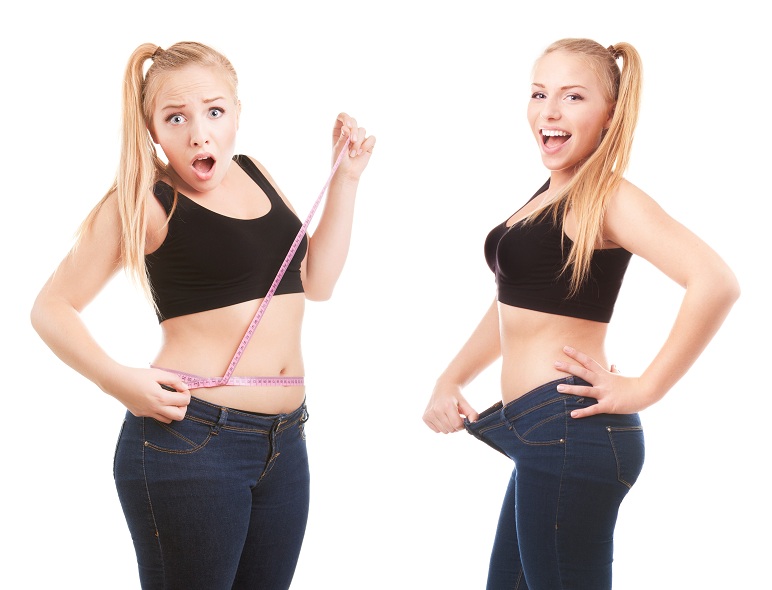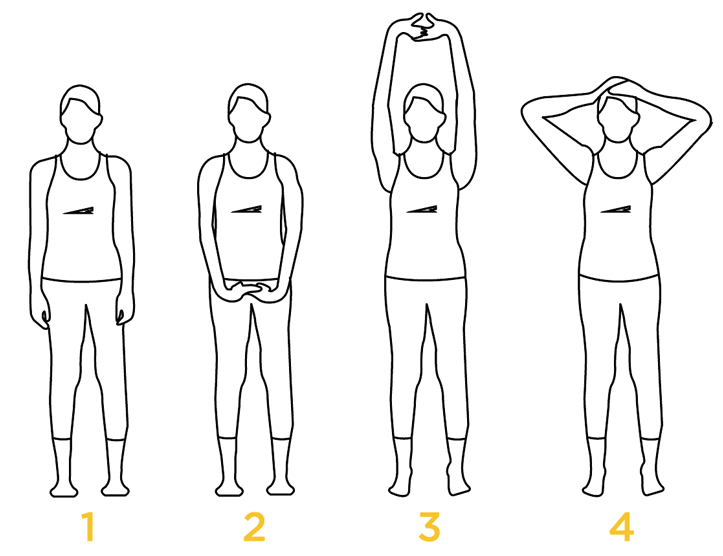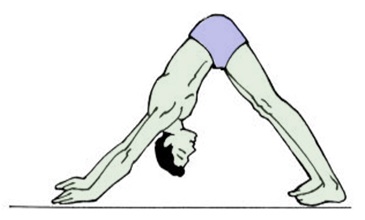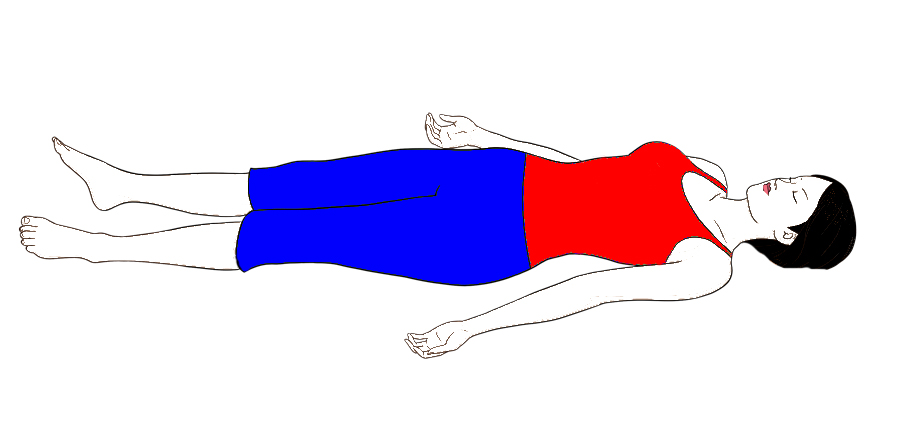As we age, it’s normal for the body to lose its natural flexibility, and the repercussions are tightness and stiffness. However, sticking to one fitness routine and staying fit can be pretty tough, but if you’re disciplined and intentional about it, then it shouldn’t be quite hard.
Some seniors reject physical exercise because they think they are too old or out of shape to keep up with a regimen, but this does not have to be true!
One such activity that suits almost everyone is yoga. From the elderly to those recovering from surgery for weight loss, many different yoga stretches can help you retain and build flexibility. Most seniors and those who love indoor workouts love it since they can do it from the comfort of their homes.
If you’ve never exercised, don’t worry, even beginners can start yoga with the proper guidance. The whole essence is to keep the body limber and active. Let’s read more on some of the yoga stretches that you can do:
Navigator
Tree Pose
Falls have been ranked as one of the significant causes of injury in seniors. Luckily the tree pose stretch position can help seniors deal with their balance issues and improve abdominal strength.
How To Do It
- Stand upright and straighten your legs
- Stretch both hands above your head or on your hip (whichever you’re comfortable with)
- Lift one foot and place one foot on the opposite inner thigh
- Balance for about 20-30 seconds interchangeably as you hold 5-10 breaths
If you need support, stand near the wall or lean against it. Palm Tree Pose (Tadasana / Mountain Pose)
Bird Dog
The Bird dog is another ideal stretch position that’s good for abdominals and maintaining good spine health. Again, it doesn’t require any other equipment apart from a mat.
How To Do It
- Kneel on your mat
- Extend one arm in front and also stretch the opposite leg
- Hold on a few seconds and switch sides, and repeat the process
Downward-Facing Dog
The downward-facing dog position is one of the most popular yoga positions. It’s very effective in back pain relief, improving strength and flexibility. If you’re a yoga beginner and you’re a bit overweight, you’re advised to go slow on it because it’s not an easy exercise to do.
How To Do It
- Stay on all fours on your yoga mat
- Lift your knees and your hip back until you form a triangle-shaped bow
- Hold onto the position for 5-8 breaths
- Lower your body back slowly and kneel on the floor and repeat the process
to know more steps and benefits: Adho Mukha Svanasana (Downward-Facing Dog)
Sphinx
Sphinx is another ideal position that yoga beginners can consider. It helps strengthen the lower back, shoulders and also opens up your chest.
How To Do It
- Lie on your mat with your stomach
- Lift your upper body firmly
- Breath in as you lift your abdominals and try to hold in the breath for 5-8 seconds
Warrior 2 Pose
Warrior 2 is another perfect yoga position similar to the downward-facing dog position since it’s done while standing. It helps improve general body strength and bone density.
How To Do It
- Take a step back and try to reach the edge of the mat with the back of your foot
- Bend your knee to a 90-degree angle
- Raise your arms to an angle that’s parallel to the floor as you inhale
- Hold the pose for about five breaths
- Rotate your arms to open up the chest as you try to keep your spine in a vertical position
- Switch sides and repeat the process
to know more steps and benefits: Virabhadrasana 2 (Warrior Pose 2)
Mountain Pose
The mountain pose is another tremendous standing pose that helps your body maintain a good alignment, improves your posture and balance. If you face any challenge doing it, lean on a wall to help you maintain balance.
How To Do It
- Stand upright with your feet aligned to your body
- Tuck in your abdominal and leg muscles and stretch your arms to the side as the palm face outwards
- Roll your shoulders in all directions as you lift your chest
- Take 5-10 breaths as you hold yourself in position
Standing Knee to Chest Pose
The standing knee pose is also similar to the mountain pose though done a little bit differently. The pose helps strengthen your legs, hips, and your core.
How To Do It
- Stand and lift any of the legs to around the hip height and bend
- Balance on the other foot for as long as your breaths can hold
- Repeat the process for the other leg
Modified Dancer Pose
The modified dancer pose is also almost similar to the mountain pose but also done differently. The pose helps strengthen your upper back, lower body, hips, and core.
How To Do It
- Stand upright as you would in the mountain pose position
- Bend your left knee and lift it behind your back
- Lift and stretch your right arm by the side of your face as you hold several breaths and repeat the process for the other leg
Corpse Pose / Savasana
The corpse pose is a great and final relaxation stretch that you can include in your yoga routine to wind down the whole activity. It helps restore your body to relaxation space as it also resets your nervous system. However, most people get carried away while doing this pose and end up sleeping in the process since it involves lying down on your back for a few minutes. Therefore, it’s important not to get carried away in the process. If you need cushioning, you can use a blanket or towel under your head and shoulders.
How To Do It
- Lie on your back on your mat
- Close your eyes and spread out your legs
- Stretch your arms to the side
- Make sure that your muscles are completely relaxed and take in deep breaths
- Hold the breaths for at least 30 seconds as you take the needed breaks
to know more steps and benefits: Savasana (Corpse Pose)
Legs Up the Wall Pose
This is another good restorative pose after an exercise routine. It is also most efficient for those who struggle to do strenuous standing and bending positions. It helps enhance blood circulation in the whole body and helps relieve tired legs and feet. If you need some cushioning, use a folded blanket, towel, or cushion.
How To Do It
- Sit against the wall with one side of your body
- Slowly lower your back to the floor as you lift your legs against the wall
- Try and place your hips closest to the wall as you can and put your arms in a comfortable position
- Stay in that position for 20-30 minutes
- To release yourself from the pose, slowly push yourself away from the wall
- Relax on your back for a few minutes and repeat the process for the other side.
Chair Yoga
Chair yoga is perfect for seniors who mostly have balance problems, and it ensures that seniors can equally participate and enjoy yoga safely at the comfort of their seats. Chair yoga is great as it helps lower blood pressure, protects joints, reduces stress and anxiety, and helps improve balance and strength. Luckily, there are different chair yoga poses that seniors can enjoy and benefit from in the comfort of their homes.
Flexibility is essential in life and more so in old age if you want to keep living and doing your things independently for long. First, take your time and note the areas of your body that need rejuvenation, and find the perfect routine for it. Do everything step by step and take the much-needed breaks if you feel like your body is straining. The goal of incorporating these routines into your life is to help you enjoy carrying out your daily activities and in a pain-free manner.
About the Author
Jenn Walker is a freelance writer, blogger, dog-enthusiast, and avid beach goer operating out of Southern New Jersey.





Thanks a lot for sharing such a great piece of article! I found it a good helpful write-up with a good sound and explanation. Here I have found some valuable ideas that are definitely helpful for every fitness enthusiast woman who wants to live healthy and fit. Please keep sharing more updates!